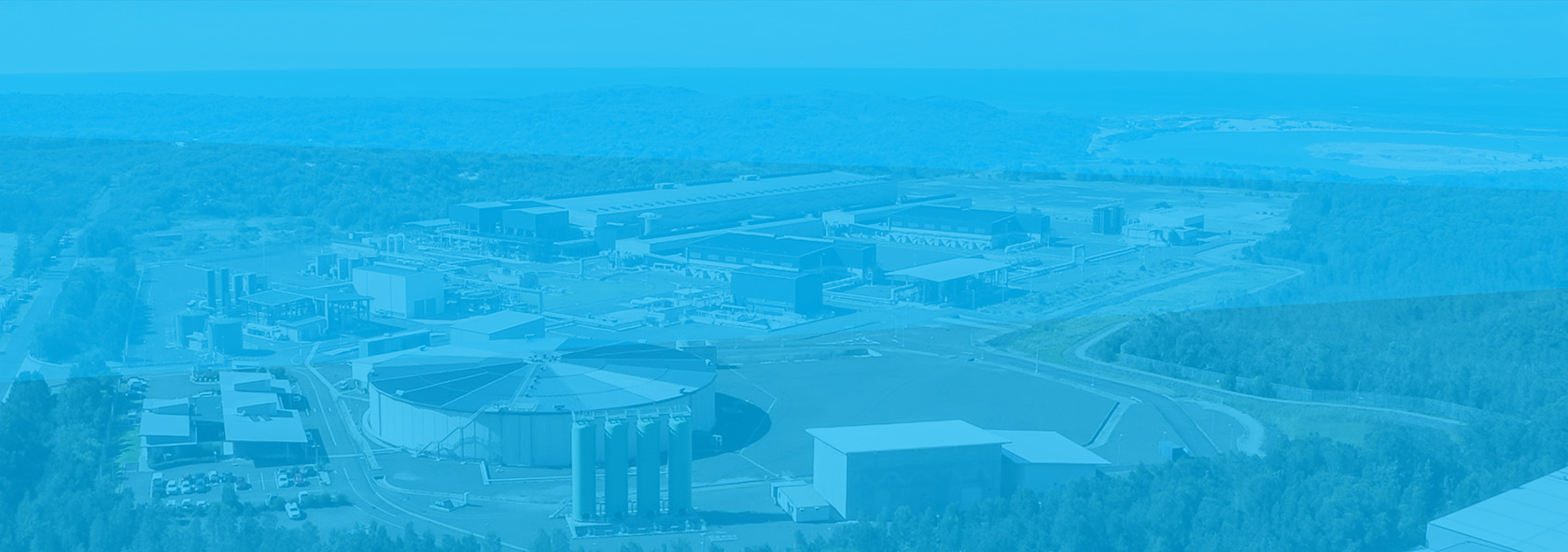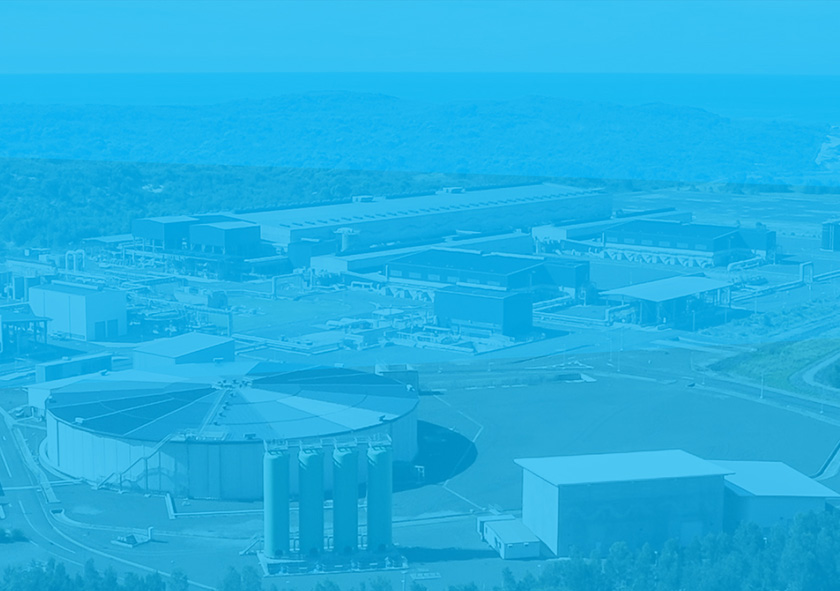


Safeguarding Sydney’s
water supply
Clean, reliable & uninterrupted drinking water
Our vision is to be to be a great water company that is an integral part of Sydney’s water supply, providing safe, reliable and high-quality drinking water to the people, households and businesses of Sydney.
While the Sydney Desalination Plant was originally built between 2007 to 2010 to respond to the worst drought in a century, recent experiences have shown just how important the Plant is to bolster drinking water supplies across Greater Sydney.
A growing population and increasing climate-related stresses – such as more severe droughts, bushfires, and floods – have placed strain on the water supply system and demonstrated the need for the Plant to remain operational outside drought periods.
As well as droughts, we have responded to water quality challenges driven by flooding, storms, bushfire debris and major system maintenance needs.


During the 2020 NSW bushfires and subsequent heavy rain events, bushfire ash, debris and sediment runoff triggered dam storage water quality challenges that were further exacerbated by flooding events in 2022. The Plant remained operational during these challenging times to help ensure the continued delivery of safe and clean drinking water.
The Plant has also provided operational support to Sydney Water by increasing water supply during times when significant maintenance tasks are being carried out in the supply network.
We know that customers are most concerned about clean, reliable and uninterrupted drinking water. Our flexibility and availability show that the Plant has always been, and will continue to be, an essential component of Sydney’s water management and water-resilient future.
Ownership
structure
Sydney Desalination Plant's owners are highly experienced in managing major infrastructure assets around the world.
Find out moreFrequently Asked Questions
- Is the Sydney Desalination Plant operating?While the Plant was originally designed to operate only in times of drought, it has remained operational since 2019 to help address several storage dam water quality issues arising from bushfires, flooding and significant maintenance tasks in Sydney Water’s supply network.
The Sydney Desalination Plant’s WICA Network Operator’s Licence enables the Plant to remain operational, recognising that the Plant has always been, and will continue to be, an essential component of Sydney’s water management and an integral part of our city’s water-resilient future. - How much water does the Plant produce?The Plant can provide up to 15 per cent of Sydney’s average drinking water needs without any reliance on rainfall.
It treats, filters and re-mineralises seawater to produce up to 91.25 gigalitres per annum of high-quality drinking water.
Under our WICA Network Operator’s Licence, the Plant will operate on a “flexible full-time basis”, producing between about 20 gigalitres to 91.25 gigalitres every year. - What does desalinated water taste like?Sydney Desalination Plant water is treated to taste the same as Sydney’s other drinking water.
Like dam water, water from the desalination plant is treated to meet Australian Drinking Water Guidelines, which makes it among the best in the world. - Who owns the Plant?Sydney Desalination Plant is jointly owned by the Ontario Teachers’ Pension Plan Board and the Utilities Trust of Australia, which is managed by Morrison. Find out more on our About Us page.
- Why is desalination important?The Sydney Desalination Plant is Sydney’s only major sources of non-rainfall dependent drinking water. It is one effective way of securing Sydney’s water supply against the effects of climate change and natural disasters and the increase in demand due to population growth, warmer weather and urban greening projects.
While the Plant was originally designed to respond to Australia’s severe millennium drought, recent experiences have demonstrated that drought is only one type of event that requires support from the Plant to ensure clean and safe drinking water for Greater Sydney.
The Plant has been a reliable drinking water supply during floods and bushfires, which caused water quality challenges from time to time in Sydney’s storage dams. - Where does the water go?The Plant can supply water to homes and businesses south of Sydney Harbour and as far west as Bankstown, as part of all their water supply.
Sydney Water uses a variety of water sources to supply customer needs. Where your water comes from depends on demand and where in Sydney you live.
If you live in the blue-shaded area on this map, you may receive water from the dams, the Sydney Desalination Plant or a combination of both. The Plant's water proportion will change throughout the day due to variations in supply and demand.
Everyone will benefit from desalination because it allows more water to be left in the dams, which means a more secure water supply for Sydney. - How much energy does the Plant use?The Sydney Desalination Plant requires roughly 38 megawatts at full production and is 100 per cent powered by renewable energy.
The average energy needed to provide drinking water to one household is about the same as the energy used to run a household fridge. - What’s the impact on the environment?Sydney Desalination Plant places a high priority on minimising any environmental impacts – both on land and in the water.
To support this, the Plant has put in place a world first stringent six-year marine environment monitoring program. The marine environment was monitored for three years before construction and three years after the Plant became operational. It demonstrated that the Plant has minimal effect on the marine environment.
On land, a third of the Plant site at Kurnell has been maintained as a conservation area. This area is protected, and native species of flora and fauna are regularly monitored. This includes a program to survey the numbers of grey-headed flying foxes and green and golden bell frogs in the area.


